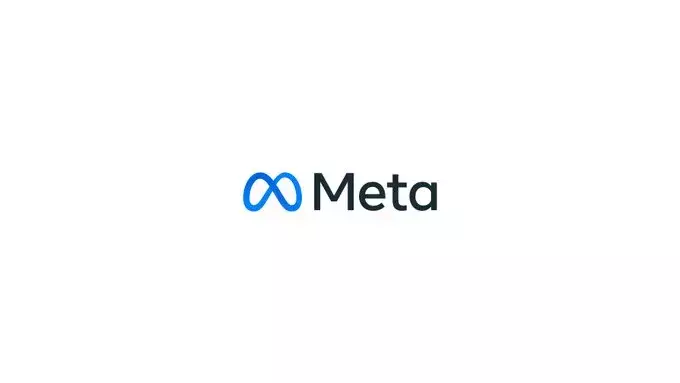Meta Platforms Inc. has recently introduced an innovative advertising option known as “Flexible Media.” This new feature represents a significant evolution in how advertisements are generated and displayed to users, tapping into the power of artificial intelligence and automated algorithms to enhance engagement and performance. By exploring this development, we can gain insight into the broader implications for advertisers and the advertising landscape.
At its core, Flexible Media is designed to optimize ad delivery by utilizing sophisticated predictive algorithms. The primary objective of this feature is to curate a more relevant and compelling advertising experience for users based on systematic predictions of their responses. Essentially, it is a step toward maximizing ad performance by allowing advertisers to offer a diverse array of creative options, giving Meta the flexibility to fine-tune which ads are shown to whom.
This new approach reflects Meta’s commitment to enhancing automated capabilities within its advertising ecosystem. Advertisers are encouraged to leverage Meta’s existing automated tools, such as the Advantage+ campaigns, which systematically determine which of the advertiser’s content is shown to different users. In conjunction with Flexible Media, these tools aim to streamline the ad selection process, making it less hands-on and more reliant on data-driven decision-making.
Differentiating itself from previously available options, such as Flexible Ads, Flexible Media allows advertisers to submit various images that can be utilized across different ad placements. This means that Meta’s system autonomously selects the most effective visual content based on the ad placement type, further personalizing the user experience. The flexibility here is critical; it empowers advertisers to reach their target audience more efficiently while minimizing the time spent on manual adjustments.
In practical terms, when advertisers engage with Flexible Media, they are essentially granting Meta permission to use their provided assets in a manner that the algorithm deems most effective. This dynamic approach is a radical shift from traditional ad placement strategies, where advertisers would typically have more direct control over which images or messages were deployed based on their perceived audience insights.
The move toward automation in advertising can be both exhilarating and intimidating. For many advertisers, relinquishing control over ad selection to an intelligent algorithm may feel counterintuitive. However, it is crucial to recognize that this kind of automation—with systems built on comprehensive data analysis—can enhance targeting efforts. By allowing Meta’s AI to dictate strategies to some extent, advertisers may actually reach a more receptive audience than they would by rigidly adhering to their own assumptions about their audience.
That said, there are inherent risks associated with this level of automation. The fear of losing the nuances of personal touch in advertising and the reliance on algorithms that may not always understand the intricacies of a brand’s identity can be concerning. Yet, as the digital landscape continues to evolve, one must weigh the benefits of sophisticated data analysis against the potential downsides of less control.
Experimentation and Optimization
To navigate this new territory, advertisers are encouraged to experiment with Flexible Media and other automated ad options. Testing the waters with Meta’s AI-driven functionalities could yield valuable insights into audience behavior and preferences. Should these tools deliver better engagement and conversion rates, it may lead to a fundamental shift in how advertisers perceive their roles and responsibilities within the digital marketing framework.
Meta’s introduction of Flexible Media heralds a new era in advertising automation that blends creative diversity with advanced data analytics. While it pushes the boundaries of traditional advertising methods, it simultaneously presents an opportunity for advertisers to innovate, optimize, and ultimately enhance their performance outcomes. Adapting to this paradigm shift will require openness to experimentation and a deep understanding of the evolving capabilities that technology offers. The future of advertising, it seems, is in the hands of the machines—but with a human touch still needed to guide the creative vision.

